The company ends the waitlist in Los Angeles, where nearly 300,000 people have expressed an interest in trying out the Alphabet-owned company’s self-driving cars.
Get the latest international news and world events from around the world.

716 Spins per Second: Discover the Milky Way’s Fastest-Spinning Neutron Star
Researchers have made a groundbreaking discovery of a neutron star in the Milky Way that rotates at an astonishing 716 times per second, placing it among the fastest-spinning stars ever observed.
The neutron star was identified using NASAs NICER X-ray telescope, which captured extreme thermonuclear bursts resembling atomic explosions. These bursts shine up to 100,000 times brighter than the Sun, providing insights into neutron stars’ life cycles and the creation of elements in the universe.
Discovering a Fast-Spinning Neutron Star.
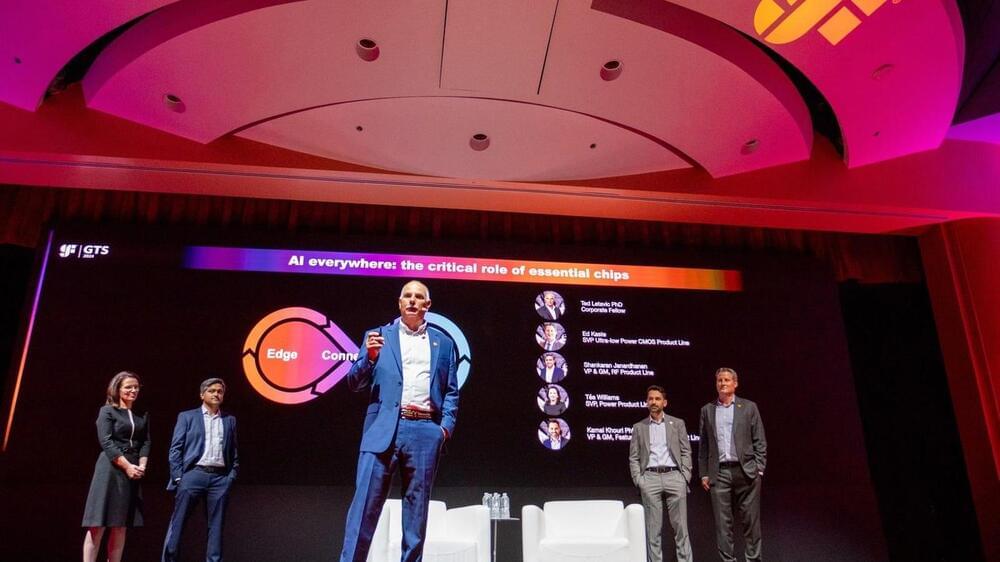
U.S.-Based GlobalFoundries Innovates In Critical Silicon Markets
At the GlobalFoundries Technology Summit 2024, the company brought together its customers and partners from around the world. The theme was “AI Everywhere” as AI has impacted everything from IoT to the datacenter. However, the focus was on its core markets: aerospace, defense and critical infrastructure, automotive, communications and data center infrastructure, industrial IoT, and mobile devices.
RF
One key technology for many of those markets is RF (Radio Frequency) chips for mobile devices, communications infrastructure, and aerospace. GF’s mainstream RF offerings use Silicon on Insulator (SOI) wafer technology. But GF also has Silicon Germanium (SiGe) and Gallium Nitride (GaN) processes as well. With this level of diverse RF technologies, the company is well positioned for future 5G NR cellular developments and beyond, including the growth of FR2 (above 24GHz) and FR3 (7.1GH to 24GHz) bands.

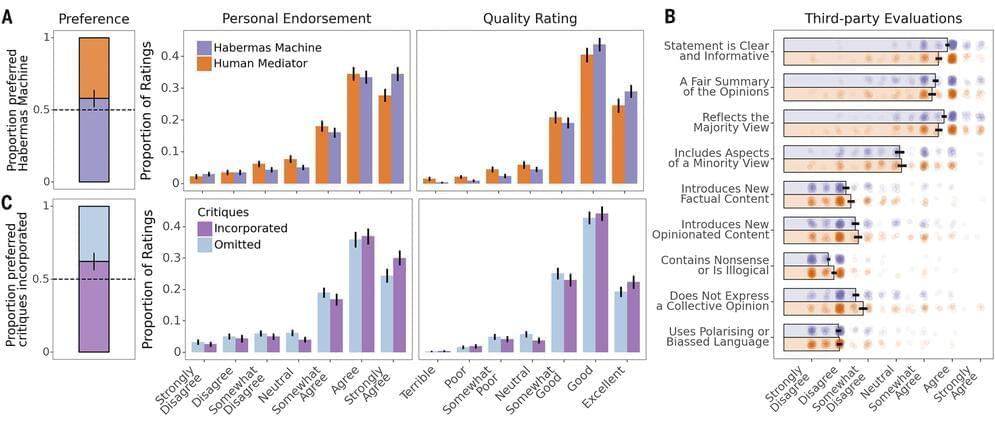
DeepMind Researchers find LLMs can Serve as Effective Mediators
A team of AI researchers with Google’s DeepMind London group has found that certain large language models (LLMs) can serve as effective mediators between groups of people with differing viewpoints regarding a given topic. The work is published in the journal Science.
Over the past several decades, political divides have become common in many countries—most have been labeled as either liberal or conservative. The advent of the internet has served as fuel, allowing people from either side to promote their opinions to a wide audience, generating anger and frustration. Unfortunately, no tools have surfaced to diffuse the tension of such a political climate. In this new effort, the team at DeepMind suggests AI tools such as LLMs may fill that gap.
To find out if LLMs could serve as effective mediators, the researchers trained LLMs called Habermas Machines (HMs) to serve as caucus mediators. As part of their training, the LLMs were taught to identify areas of overlap between viewpoints of people in opposing groups—but not to try to change anyone’s opinions.
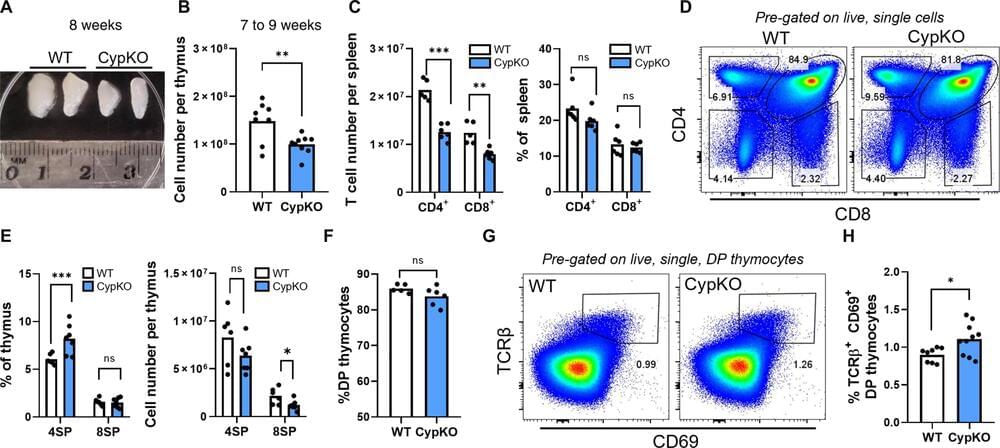
How Vitamin D Deficiency can Lead to Autoimmune Diseases
As Canadians brace for “vitamin D winter”—months when the sun’s angle is too low to produce the vitamin in the skin—a McGill University study explains why vitamin D deficiency early in life is associated with a higher risk of autoimmune diseases.
During childhood, the thymus helps train immune cells to distinguish between the body’s own tissues and harmful invaders. A vitamin D deficiency at that stage of life causes the thymus to age more quickly, the researchers discovered.
The study is published in the journal Science Advances.

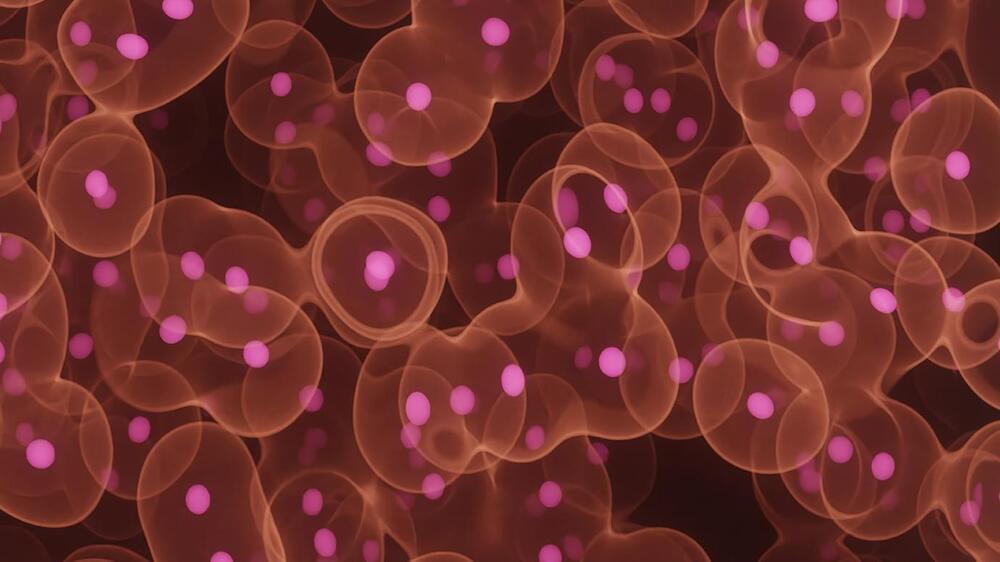
UChicago scientists develop new nanomedicine approach to improve cancer treatment
Researchers at the University of Chicago Medicine Comprehensive Cancer Center have developed a nanomedicine that increases the penetration and accumulation of chemotherapy drugs in tumor tissues and effectively kills cancer cells in mice.
The study, published in Science Advances, addresses a…
Research effectively used nanoparticles to deliver chemo drugs directly to tumors in mice.
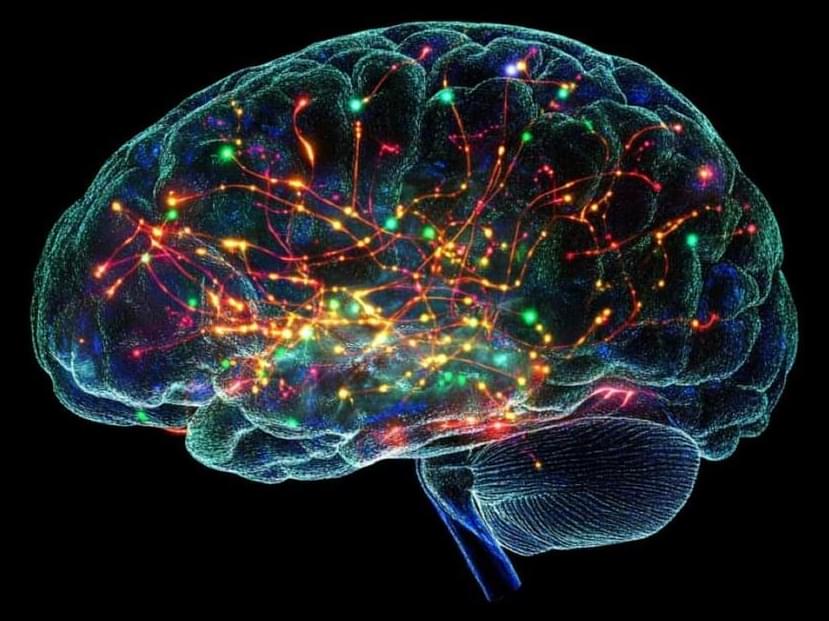
Neural Flexibility: Prioritizing Memories to Guide Behavior
Summary: Male worms can activate two conflicting memories—mating and starvation—when encountering the same odor, but only one influences their behavior. A study conditioned worms to associate the smell with both positive (mating) and negative (starvation) experiences, revealing that mating associations overrode avoidance behavior.
This flexible memory processing highlights how the brain prioritizes rewards over punishment under certain conditions. The findings provide insights into memory-driven behavior and offer a model for studying maladaptive processes in disorders like PTSD.
